An enormous black hole, the BH3, that lives a mere 2,000 light-years from Earth has been discovered by astronomers. This makes it the second closest black hole to Earth ever discovered.
Additionally, BH3 is the most massive stellar black hole that has been found within the Milky Way, far exceeding the mass of the sun.
BH3 Is The Largest Black Hole Ever Recorded
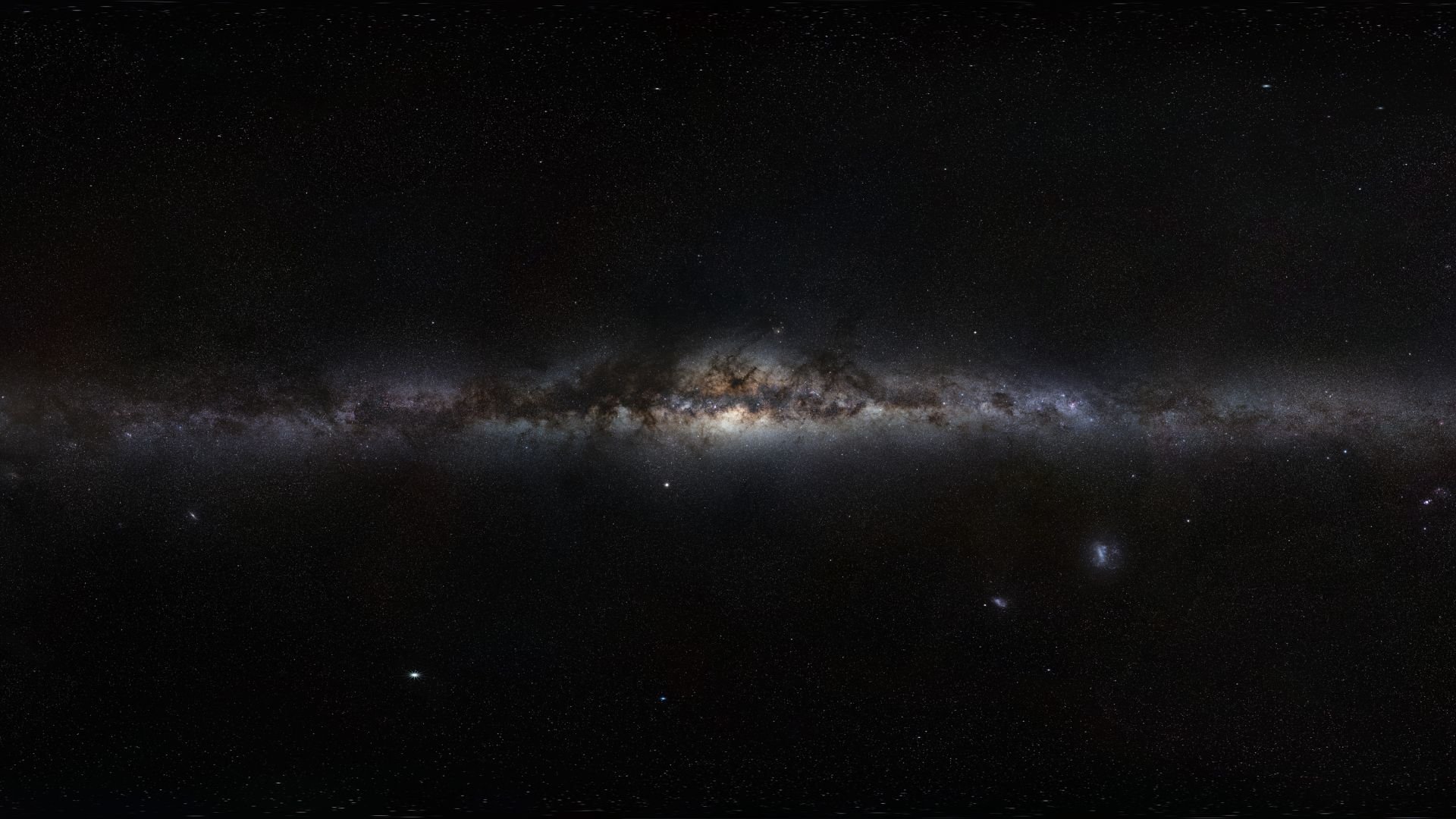
BH3 measures 33 times the mass of the sun, making it significantly larger than the previous record holder, Cygnus X-1. By comparison, Cygnus X-1 is estimated to have a mass approximately 21.2 times greater than the sun.
The astounding mass of BH3 was measured by the European Southern Observatory, whose advanced technology allows estimates that are more accurate now than ever.
Who Are The Organisation That Discovered BH3?
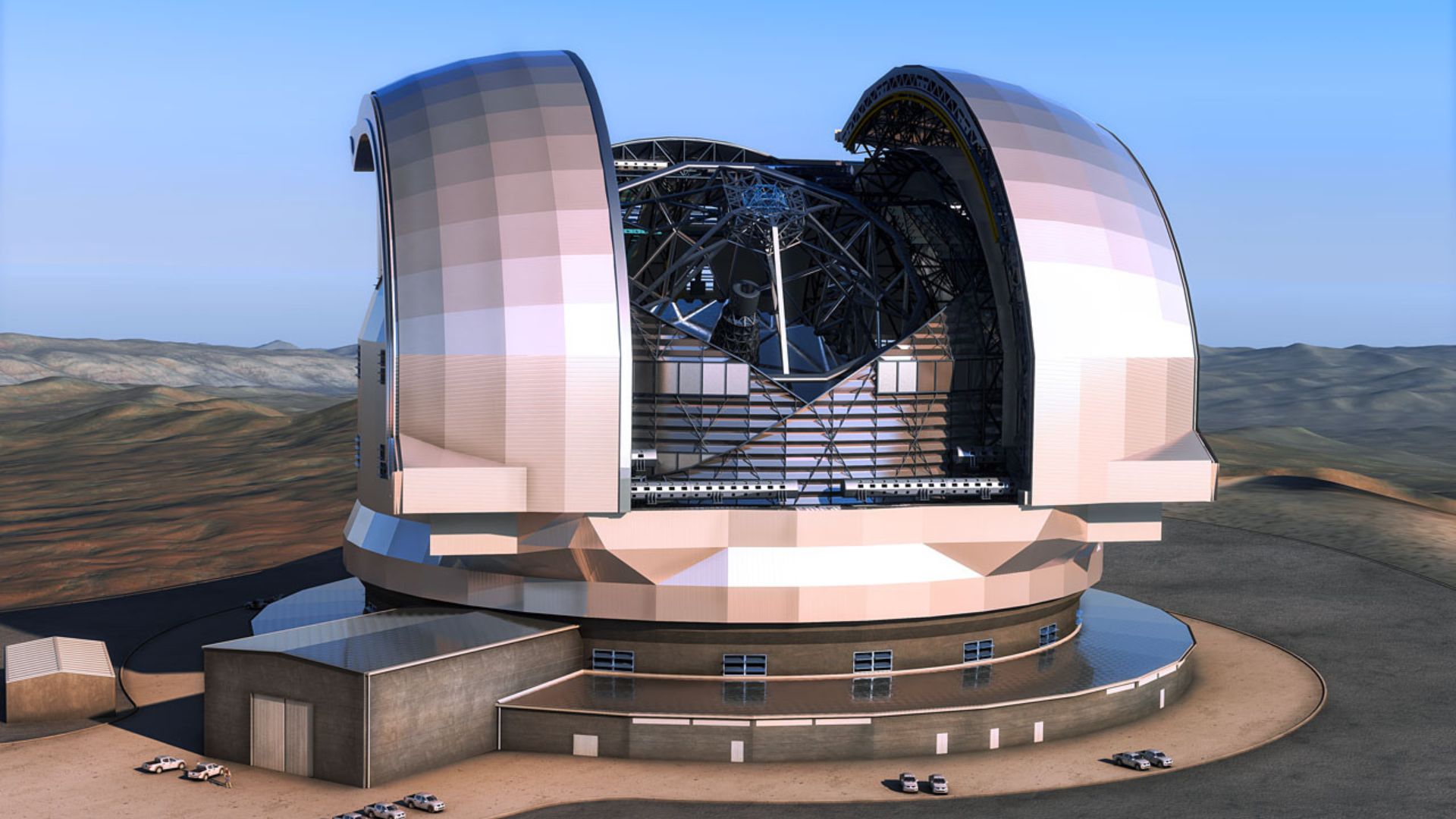
The European Southern Observatory (ESO) is a research organization made up of 16 different countries that focuses on astronomical research. They’re responsible for some of the largest and most advanced telescopes in operation.
The BH3 was discovered via the ESO’s Very Large Telescope, as well as other telescopes in the facility. The Very Large Telescope is currently the world’s most advanced visible-light astronomical observatory.
Discovery of Black Hole Surprised Astronomers
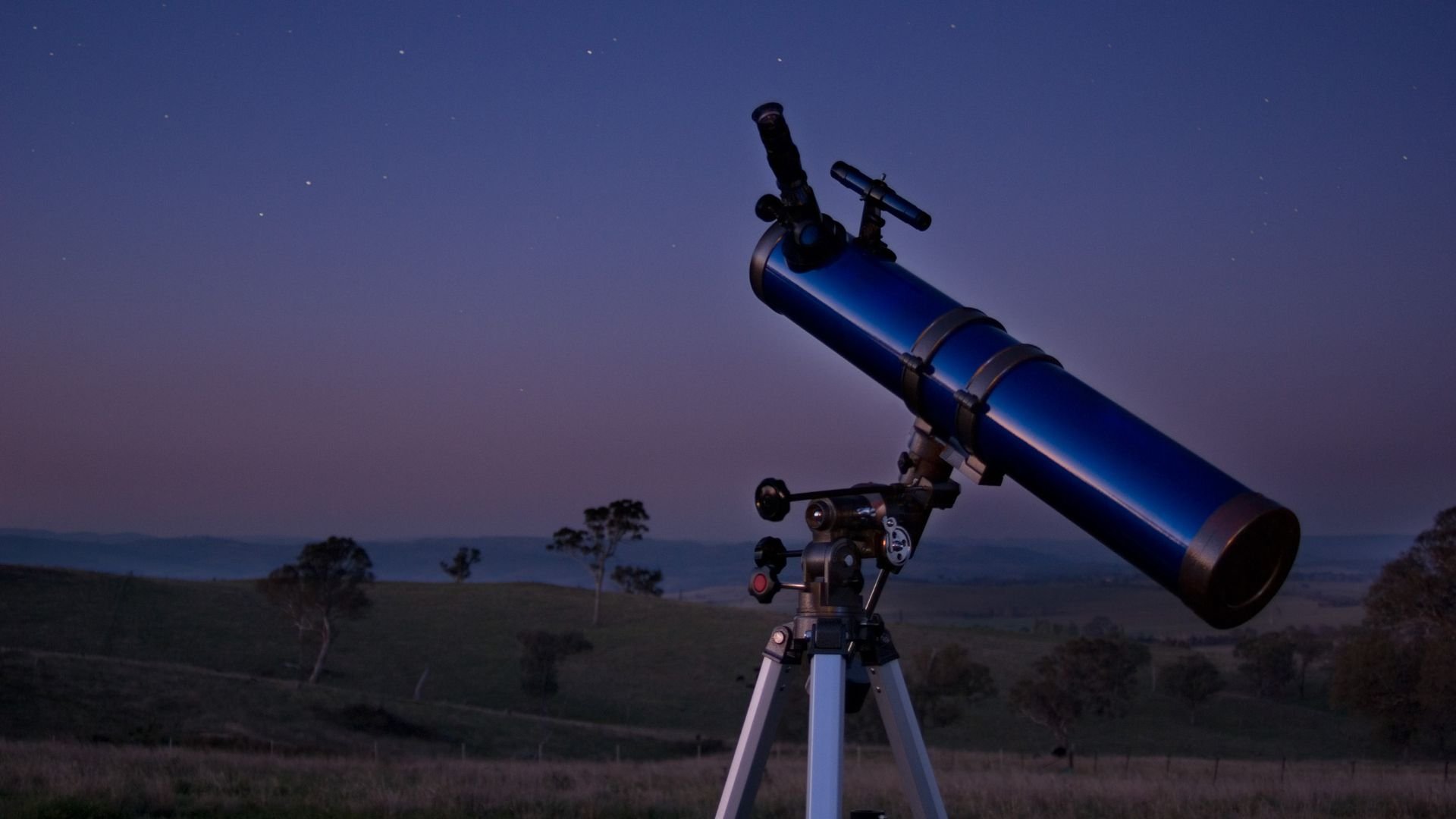
By all accounts, the discovery of BH3 was a complete surprise to astronomers. In fact, researchers admitted that it’s discovery was a complete accident.
Researchers were surprised to find unexpected movement in a star in Aquila. They realized that this suggested the star was being moved around by a black hole 33 times more massive than the sun.
Why BH3 is Unusual
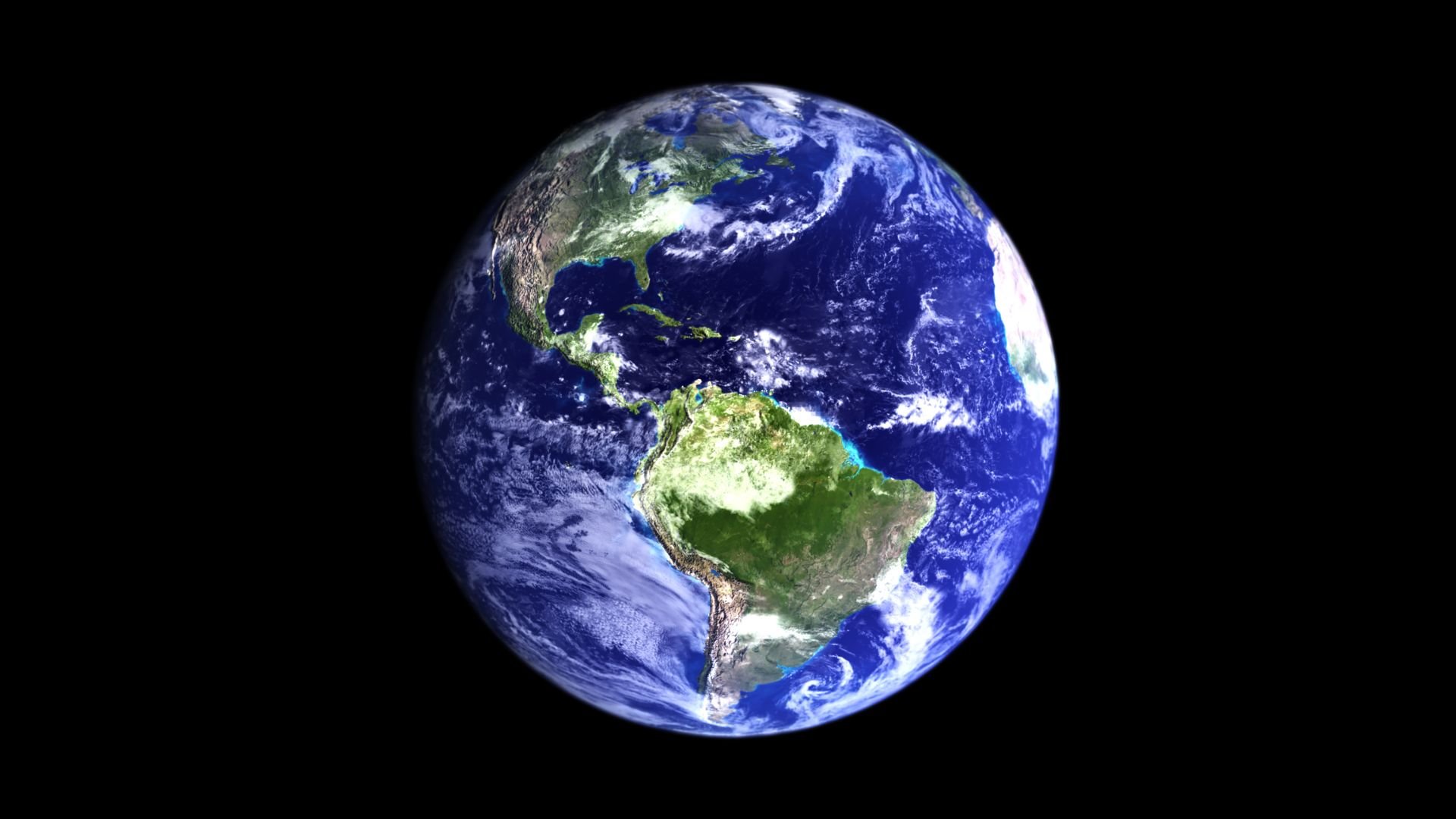
Beyond its record breaking mass, there are a number of factors that make the newly discovered black hole unusual. Of course, one of these is BH3 being so close to the earth.
However, researchers have also noted that BH3 doesn’t seem to be shredding its companion star into pieces. This phenomenon has led BH3 to be ironically named the ‘sleeping giant’.
The Phenomenon of The Companion Star
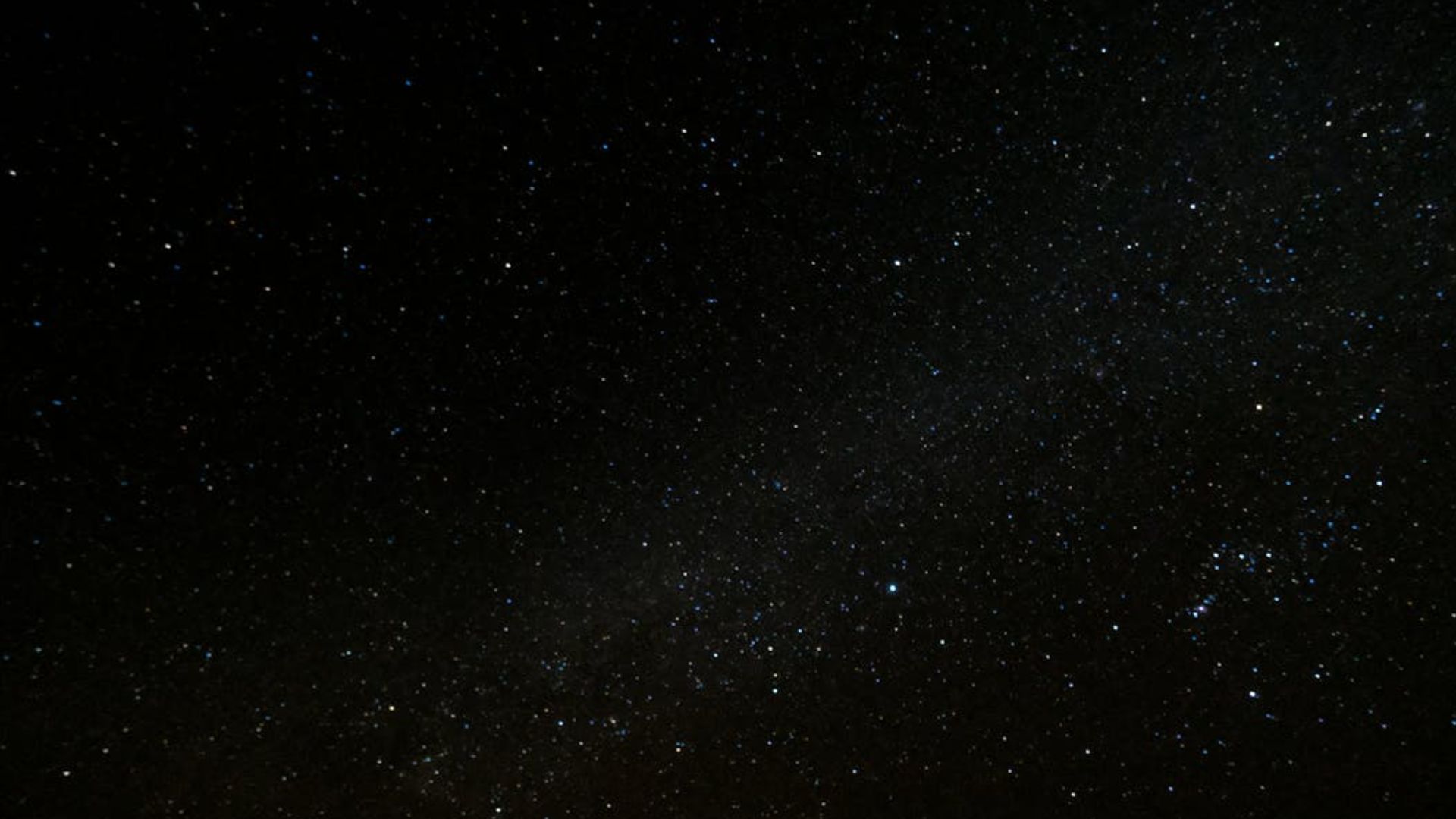
Companion stars are exactly what they sound like – stars that are found to be, and act as, a partner to another star. The creation of a stellar mass black hole does not require the existence of a companion star, but all known black holes have one.
The reason for this phenomenon is that companion stars allow us to detect the existence of black holes. The discovery of BH3 was only made possible by the surprising movement required by a star in Aquila.
Should We Be Afraid?
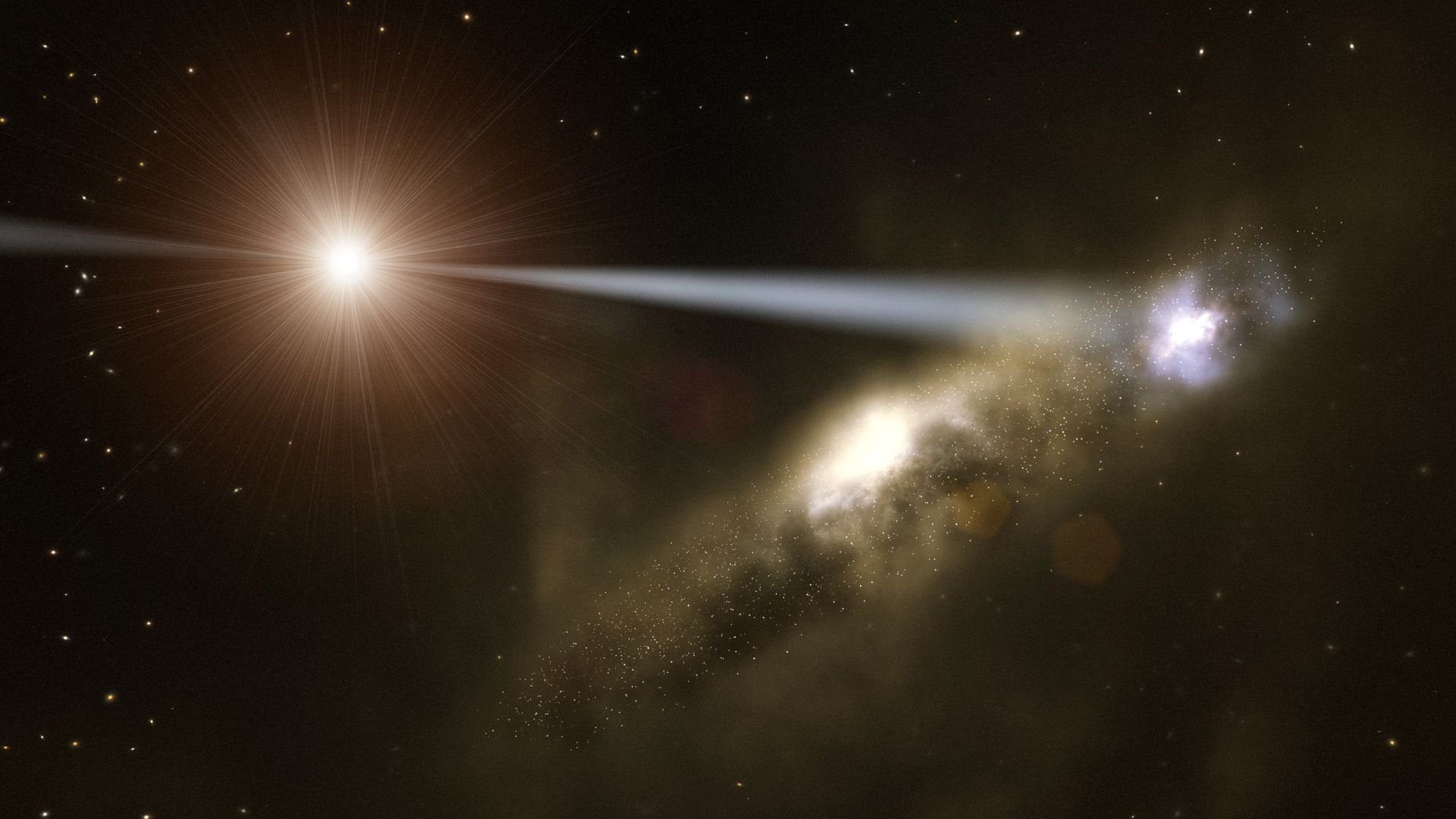
In movies and TV shows, black holes have long been presented as something to be feared. However, researchers emphasize that there is no reason to be scared by BH3 – or black holes in general for that matter.
There is no danger of Earth being pulled in to a black hole, scientists have reassured. This is both because of the distance between the earth and the Milky Way, and because the collisions that cause black hole expansion cannot go on indefinitely
How Black Holes Are Formed
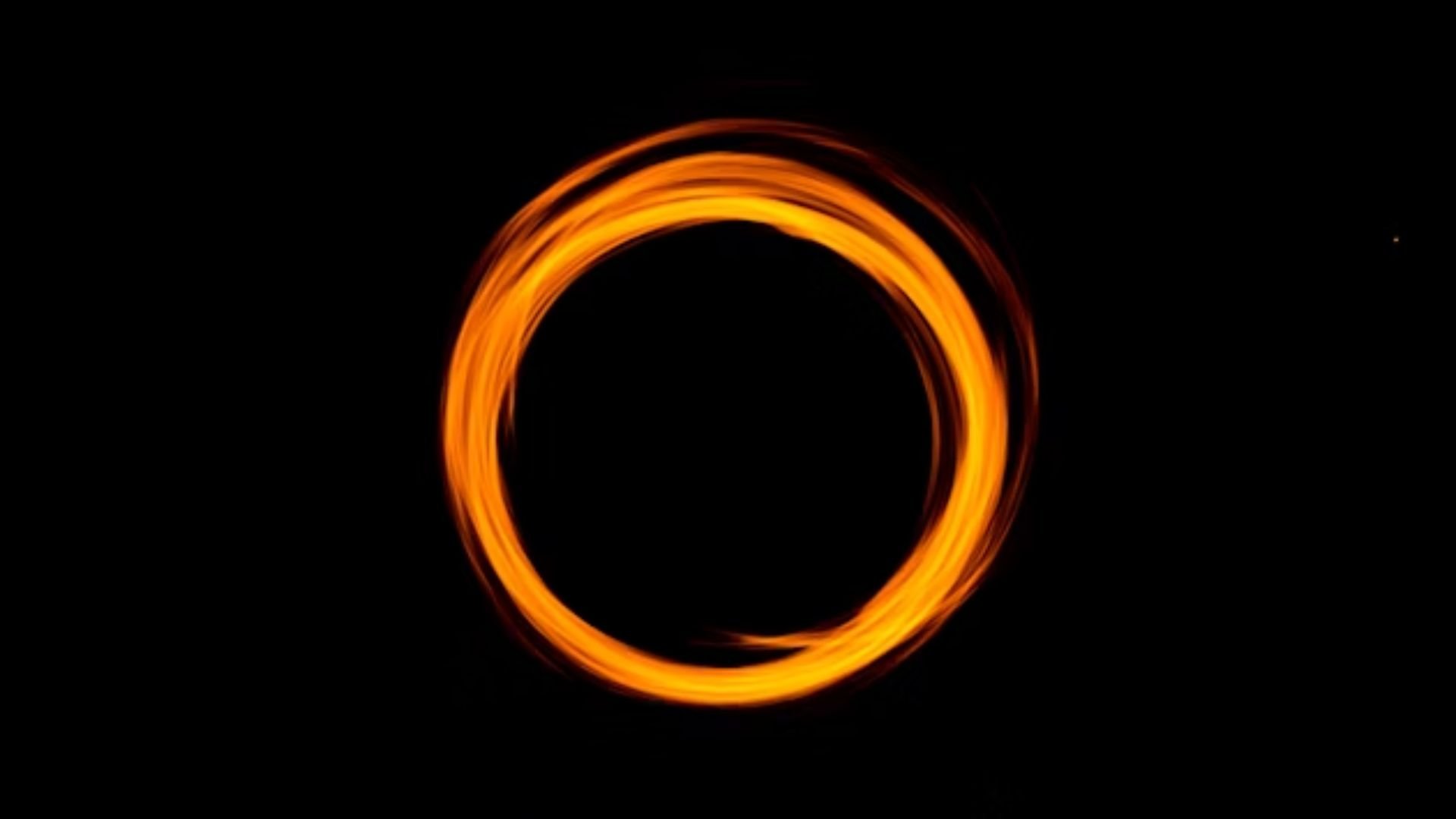
Black holes form when the center of a massive star collapses into itself. Following this collapse, there is a supernova – which is, essentially, a massive explosion.
The impact of the supernova sees parts of the star being blasted into space. The collapse of a star’s core leads to the creation of a black hole.
The First Ever Photographed Black Hole
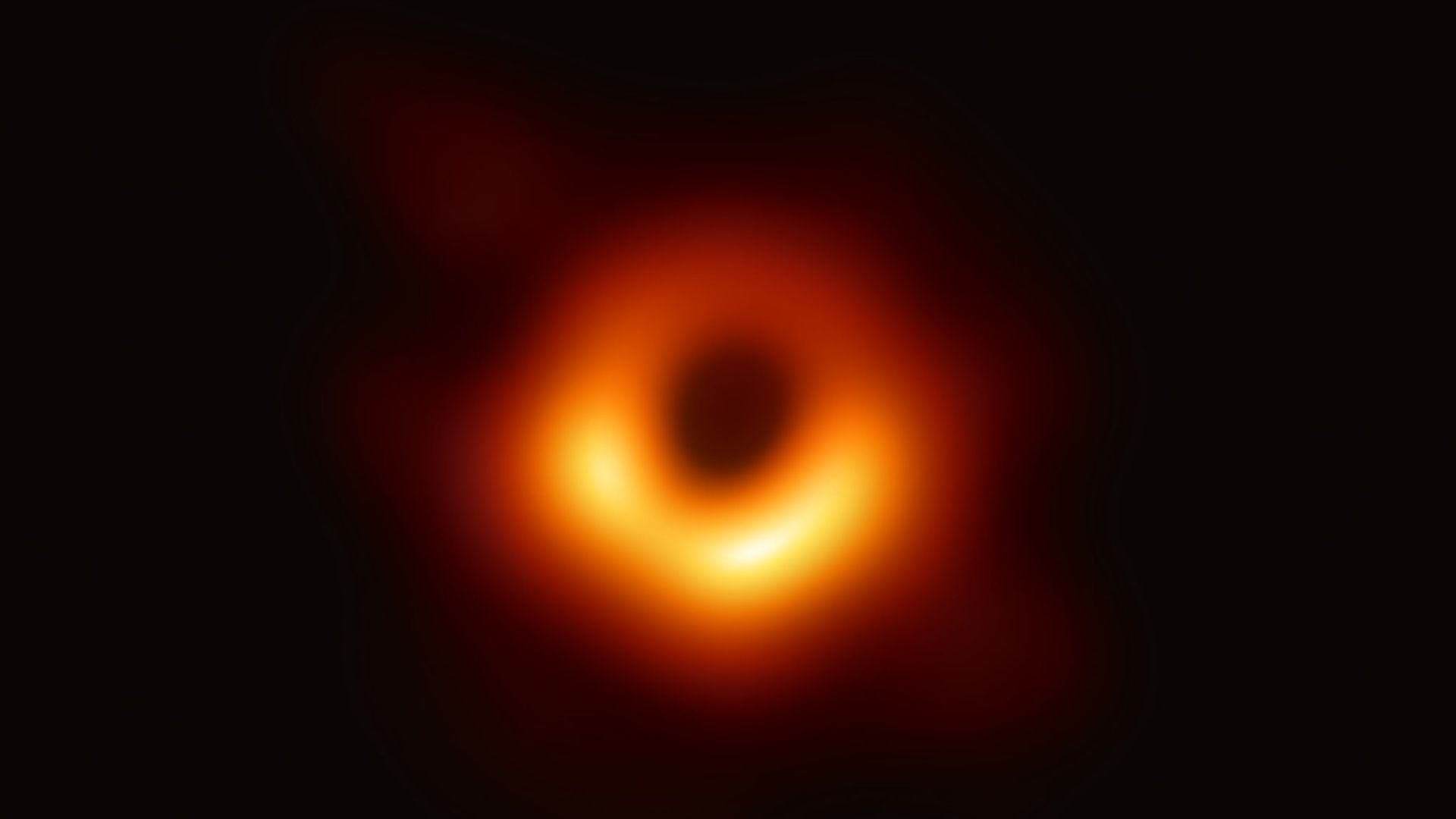
Black holes have long been depicted in movies, books, and TV – often as little more than a large black circle with the capacity to suck in everything around it. However, we were only to see a real photo of a black hole for the first time five years ago.
In April 2019, the Event Horizon Telescope captured the first photo of a black hole. That image was of a supermassive black hole, located 87,500 million trillion KM away from earth.
The History of Black Hole Discoveries

The first black hole was discovered in 1971 by Paul Murdin and Louise Webster. The object they discovered 53 years ago is known as Cygnus X-1. As suggested by the black hole’s name, Cygnus X-1 is an X-ray source in the Cygnus constellation.
So far, astronomers have discovered approximately 50 suspected or confirmed stellar-mass black holes within the Milky Way. However, it is believed that up to 100 million could exist in our galaxy.


